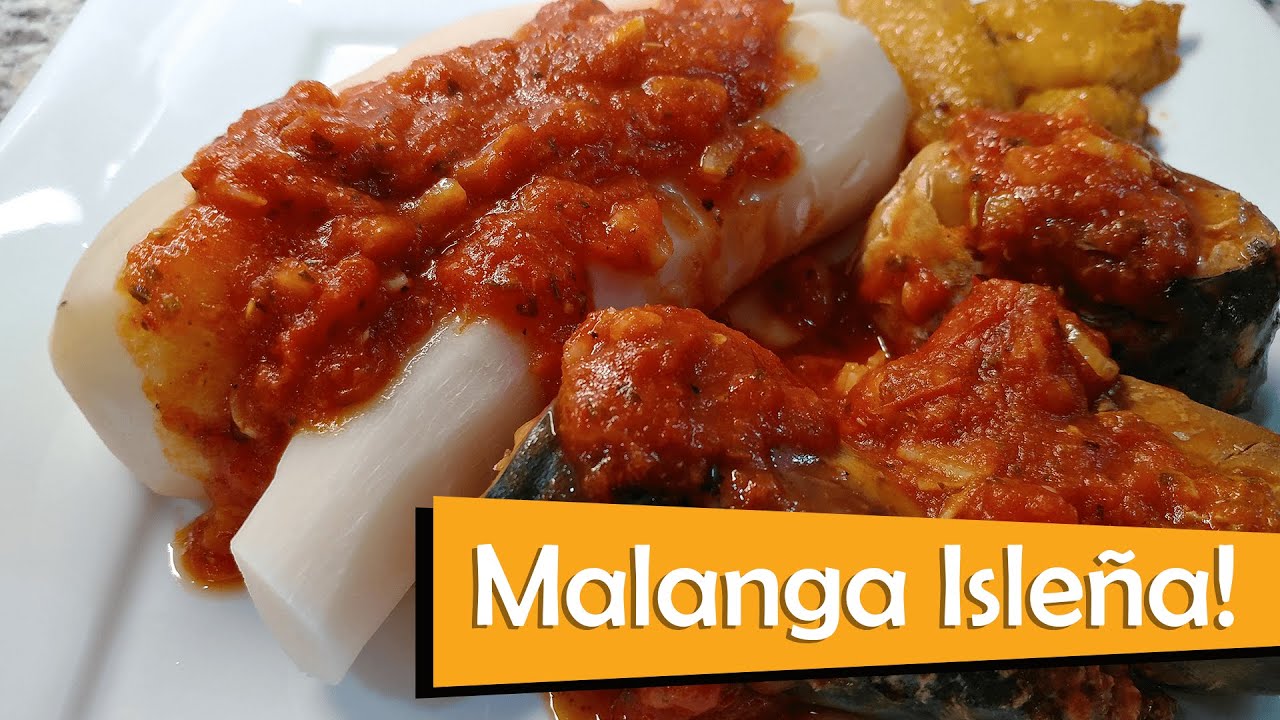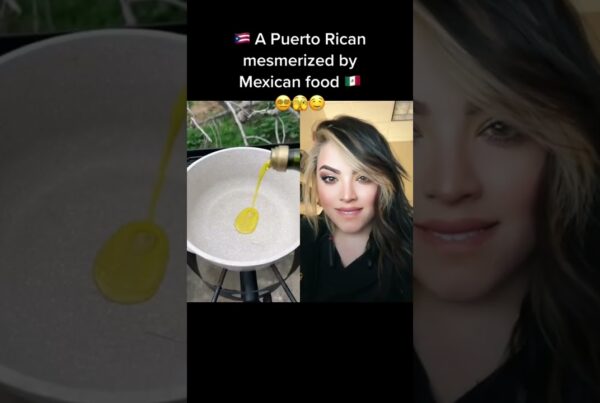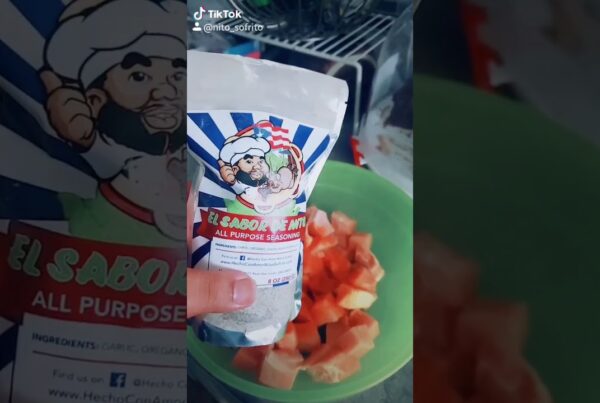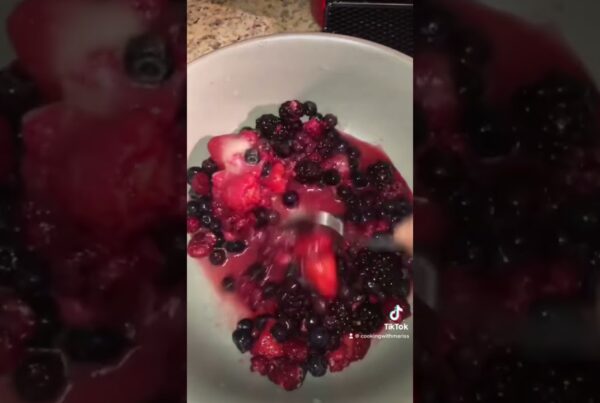If you are wondering – What can you do with Malanga? Here is an easy 𝐌𝐚𝐥𝐚𝐧𝐠𝐚 𝐑𝐞𝐜𝐢𝐩𝐞 in a Spanish Tomato Garlic Sauce. This Malanga Recipe is a throwback to Cuba’s Spanish colonial days featuring Andalucian tomato garlic sauce commonly served with cod or sardines. I grew up referring to this dish as Malanga Isleña. However, later in life, I became aware that more people call Malanga Isleña a species of Malanga rather than a dish.
𝐖𝐡𝐚𝐭 𝐢𝐬 𝐌𝐚𝐥𝐚𝐧𝐠𝐚?
The Malanga Isleña, also known as Yautia Isleña, is a super vegetable often confused or mislabeled as Coco Taro or Eddo Root. Although closely related, it is NOT the same! Malanga Isleña, or Yautia, is referred to as a ground provision or root vegetable. It is native to the Americas and take back to Europe by the Spaniels in the fourteenth century and found throughout the world today, including in places like the Philipines and Africa. It has a starchy white inside, sometimes light link in color, and a hairy, rough texture on the outside. It has a unique earthy, nutty taste, more favorable than potato. The malanga is very nutritionally dense and a good source of potassium, fiber, vitamins A & C, and other antioxidants. Throughout the central Caribbean in Cuban and Puerto Rico is known as Malanga, but other names for it include cocoyam, yautia, tannia, taro, and tanier. In the US, there are two popular varieties, one that is round and another long one. For this malanga recipe, I prefer the longer ones, but either will work!
𝐖𝐡𝐚𝐭 𝐜𝐚𝐧 𝐲𝐨𝐮 𝐝𝐨 𝐰𝐢𝐭𝐡 𝐌𝐚𝐥𝐚𝐧𝐠𝐚?
The malanga is very similar to the potato but with a more nut-like flavor. You can use malanga as a substitute potato or yam – typical preparation for malanga ranges from roasted and steamed to baked and even mashed like mashed potatoes. I will be boiling it on this malanga recipe video and serving it as a side dish with a garlic tomato sauce. In both Cuba and Spain, malanga is a traditional part of a Good Friday’s meal since it pairs well with sardines, cod (bacalao), kingfish, and other fish dishes. How to Make Malanga Isleña?
We’ll start with pilling four pieces of malanga. Malanga, much like potatoes, will darken after you pill them, so I suggest having a pot with salted water ready to dip them once you pill them. We are going to put these on the stove over medium-high heat until they come to a boil. Once it does, you want to lower the heat to a slow roll. Cooking malanga is a function of time and not temperature. If you the malagas under very high heat, they will get very soft and mushy on the outside and remain hard on the inside.
After 12-15 minutes on the stove, they should be soft enough to where you can drive a knife into it. At this time, we can start on our sauce. The sauce is very similar to the one you find on a Spanish bacalao or sardine recipe. And I guess that’s why this malanga recipe pairs so well with fish.
We’ll start by melting about a tablespoon of butter with equal parts of olive oil over medium heat. Once up to temp, add five or six large garlic cloves. Cook this for about 2-3 minutes or until the garlic starts to get translucent. At which time, we’ll add about a tablespoon of sundry tomato paste. I often use the sundry tomato pesto from Classico, as I did this time for this malanga recipe. I find it to be of excellent quality, and it keeps well in the fridge. Stir the sundry tomato paste around until it breaks up and merges with the oil. At which time, we will add one cup of tomato or pasta sauce and one cup of water.
Proceed to cook this for 4-5 minutes until some of the water evaporates and the sauce has thickened. By now, your malangas have been boiling for about 20-25 minutes. You should be able to drive a fork into it by now! After achieving the desired tenderness, take the malangas out of the boiling water and allow them to rest for about a minute to dry before serving to enables the sauce to adhere better! Server them in one piece or cut them in half and pour the sauce over them! This is my take on Malanga Isleña, a family recipe passed on by the generation of Spaniel immigrants that migrate to Cuba after War War II. I hope you enjoy this 𝐦𝐚𝐥𝐚𝐧𝐠𝐚 𝐫𝐞𝐜𝐢𝐩𝐞, and whether you call it cocoyam, yautia, tannia, taro, or tanier, or simply looking for a are looking to substitute potato or yam. I hope you try this malanga recipe soon!
My name is JC with the Cuban Redneck DIY Channel, don’t forget to like, share, subscribe, and visit my website https://cubanredneck.com for additional detail and other Cuban food recipes.
#WhatIsMalanga #MalangaRecipe #MalangaIsleña #HowToCookMalanga
source









